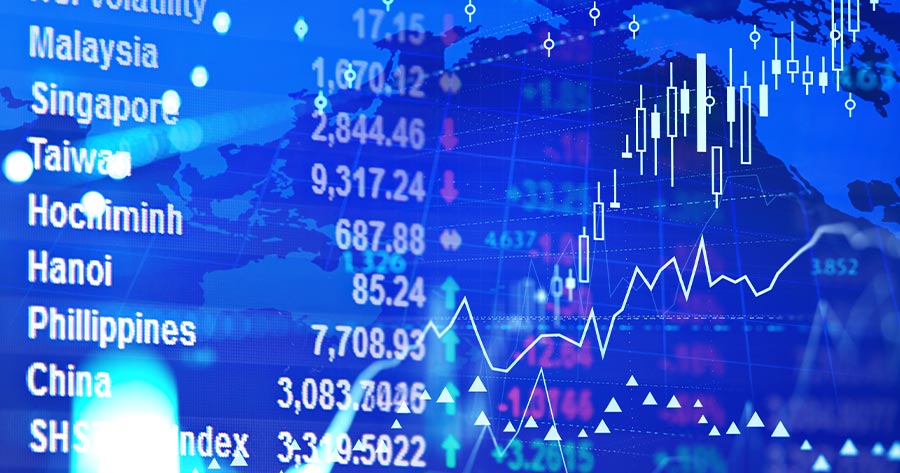On Thursday morning (20 February, 9:31 AM, GMT+7, Bangkok time), major indices in Asia Pacific exhibited a downward trend with investors assessing the potential impact of the U.S. President Donald Trump’s plan to impose tariffs of around 25% on automotive, semiconductor, and pharmaceutical imports. Meanwhile, as the announcement suggested that these tariffs could come into effect as early as April 2, Trump did not clarify whether they will specifically target imports from particular nations or apply more generally.
The People’s Bank of China opted to maintain its main borrowing rates at current levels, highlighting its focus on ensuring financial stability rather than implementing interest rate cuts to support economic growth. The 1-year loan prime rate was kept steady at 3.1% and the 5-year LPR remained at 3.6%, aligning with forecasts from a Reuters survey.
In South Korea, the country saw its wholesale inflation rate rise by 1.7% in January compared to the same period last year, mirroring the rate recorded in December. Initial data released by the Bank of Korea indicated that this increase was primarily driven by sectors including livestock products, coal and petroleum, as well as electric power, gas, water, and waste.
Japan’s NIKKEI dropped by 1.43% to 38,605.02. South Korea’s KOSPI declined by 0.52% to 2,657.74, and Australia’s ASX 200 plummeted by 1.54% to 8,289.9.
As for stocks in China, Shanghai’s SSEC slid by 0.17% to 3,345.79. Hong Kong’s HSI slumped by 1.77% to 22,537.93, and Shenzhen’s SZI dipped by 0.13% to 10,758.71.
Meanwhile, the US stock markets edged up on Wednesday as the Dow Jones Industrial Average (DJIA) rose by 0.16% to 44,627.59. NASDAQ grew by 0.07% to 20,056.25, and S&P 500 added 0.24% to 6,144.15. VIX contracted by 0.52% to 15.27.
As for commodities, oil prices settled higher on Wednesday amid concerns over potential supply interruptions in Russia and the U.S. Market participants are monitoring developments on sanctions amidst Washington’s efforts to negotiate a resolution to the conflict in Ukraine. Brent futures gained 20 cents or 0.3% to $76.04 a barrel, and the West Texas Intermediate (WTI) increased 40 cents or 0.6% to $72.25 per barrel.
This morning, Brent futures fell 24 cents or 0.32% to $75.8 a barrel, and the WTI lost 30 cents or 0.42% to $71.95 per barrel.
Meanwhile, gold futures escalated 0.62% to $2,954.4 per Troy ounce.




